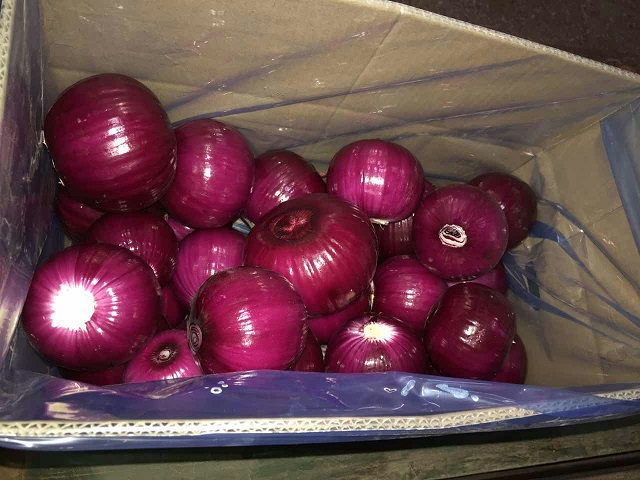We supply Peeled Onion to all over of the world. Yellow Peeled Onion and Red Peeled Onion , put into 10kg carton. Our factory in weifang, shandong province. We exported more than 50 containers to the world. Main uses of Onions,With the developing of science, people will realize onion's advantages and uses increasingly, at the same time the abundant nutrition ingredients will be familiar with the people's life.We Always use onion to cook,it can slow down aging.
Onion has the good health care function,it plays a major role in the maintenance of healthy cardiovascular.It has been proved to have antibacterial,antiviral,anticold qualities.
by the way , we are also supplying Normal White Garlic 5.5-6.0Cm, Normal White Garlic 6.0-6.5cm , Pure White Garlic 4.5-5.0Cm , Pure White Garlic 5.0-5.5cm , Pure White Garlic 5.5-6.0Cm , Solo Garlic , Garlic Peeled , and Fresh Ginger 150g And Up , Air Dried Ginger 200G And Up, Air Dried Ginger 250G And Up, Fresh Carrot S80-150G, Fresh Carrot M 150-200G , Fresh Carrot L 200-250G , Fresh Chestnut 30-40pcs , Sweet Corn 220g and up 24pcs/ctn. if you have any needs, please do not hesitate to contact me.

|
Product: |
Fresh onion peeled |
|
Size: |
3.0-5.0cm, 4.0-6.0cm, 5.0-7.0cm, 6.0-8.0cm, 8.0-10cm and up |
|
Package: |
10kg /16kg /20kg mesh bag, 10kg/20kg carton or as per customers' requirements |
|
Stow: |
24-30mts/40' container according to different package |
|
MOQ: |
Any quantity can be mixed with other products |
|
Price Term: |
FOB, CNF, CIF |
|
Loading Port: |
Qingdao, China |
|
Delivery Time: |
7 days after confirmation of order |
|
Certificate: |
CIQ |
|
Supplying Period: |
All year round |
please do not hesitate to contact me !

Red Peeled Onion 7-9 10KG
Red Peeled Onion,Fresh Onion Peeled,Fresh Peeled Onion,Fresh Peeled Red Onion
Jining Fuyuan Fruits And Vegetables Co., Ltd. , http://www.fuyuanfv.com